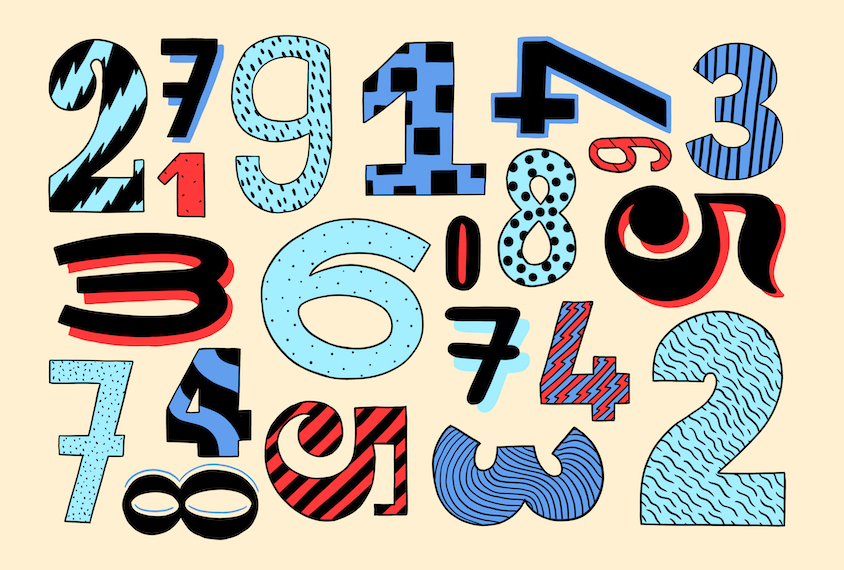Welcome to Spectrum Index, a monthly newsletter that distills data from noteworthy autism studies into a series of quick statistics. Let us know what you think at [email protected].
8.3: The percent decrease in eligible children screened for autism at a well-child visit during the first year of the coronavirus pandemic. The results, based on health records from more than 50,000 children in Philadelphia, Pennsylvania, who had a checkup between March 2019 and February 2021, appeared in Academic Pediatrics in April. Black and publicly insured children were significantly less likely to attend a well-child visit after the pandemic began than they had been in 2019.
0: The additional risk of developing cancer by age 30 for an autistic person, relative to a non-autistic person. The results, published April in Annals of Oncology, are based on a large cohort study of 2.3 million people in Sweden.
38: The percent increase in the demand for board-certified behavioral analysts (BCBAs), who administer applied behavior analysis to children with autism, between 2020 and 2021, according to February data from the Behavior Analyst Certification Board. Overall demand for certified BCBAs in the United States has increased by more than 5,800 percent since 2010, and demand is highest in highly populated states, especially California, Massachusetts, Texas, Florida and Illinois. There were nearly 47,000 online job postings for certified BCBAs in the U.S. in 2021, up from about 34,000 in 2020.
0.92: Area under the curve for a machine-learning algorithm that identifies autistic children, aged 7 to 17, from audio recordings and transcripts captured during their Autism Diagnostic Observation Schedule evaluation. (Area under the curve scores range from 0 to 1, with higher values corresponding to more accurate predictions.) Researchers trained the algorithm on data from 88 autistic and 70 non-autistic children and benchmarked its results against scores on the Autism Diagnostic Observation Schedule. The results appeared in Autism Research in April.
One-quarter: The fraction of autistic children in the U.S., aged 3 to 17, who live in a household with an income below the federal poverty line. About 29 percent of these children are white, 41 percent are Hispanic, and 23 percent are Black. The results are based on data from the 2017-2020 National Survey of Children’s Health and were published in a Drexel University report in April.
Follow us on Facebook, Twitter (@Spectrum), Instagram and LinkedIn. Check out my latest work.





